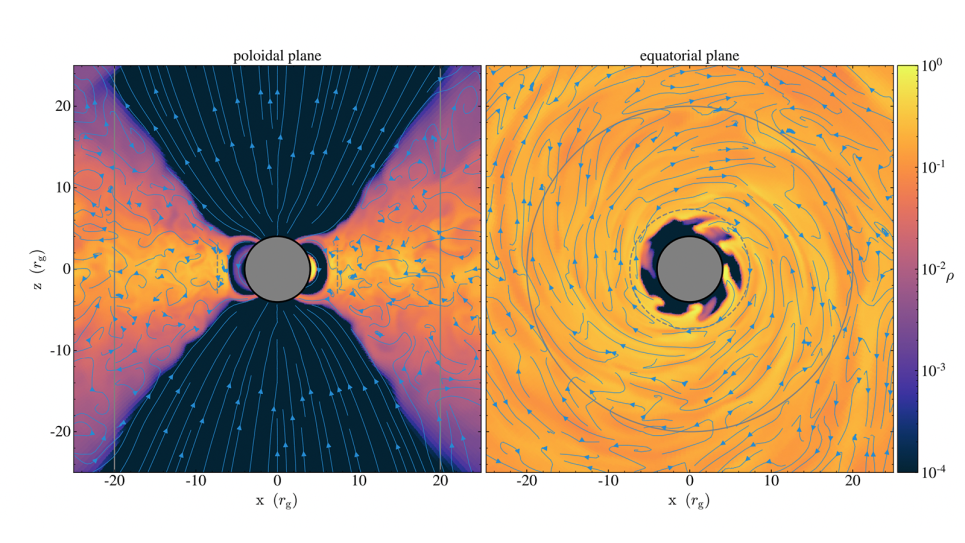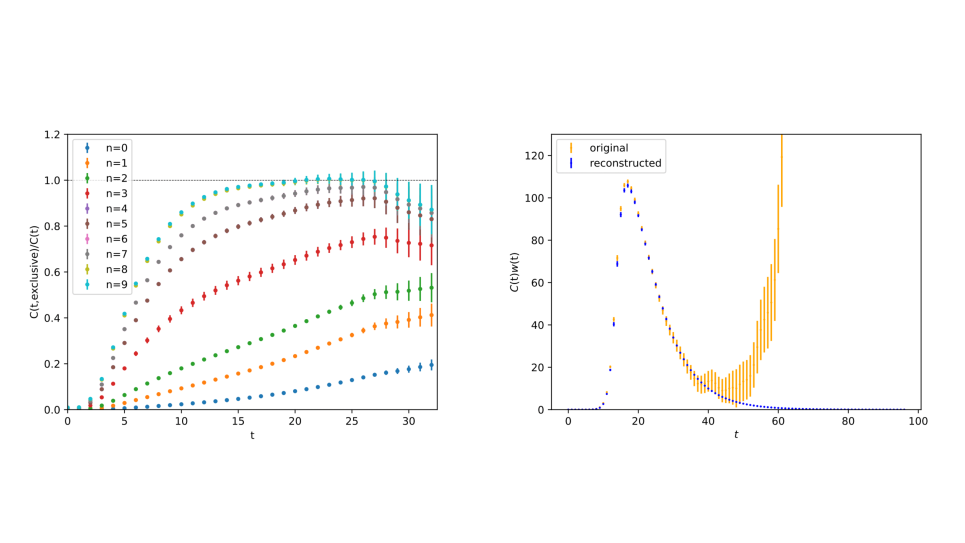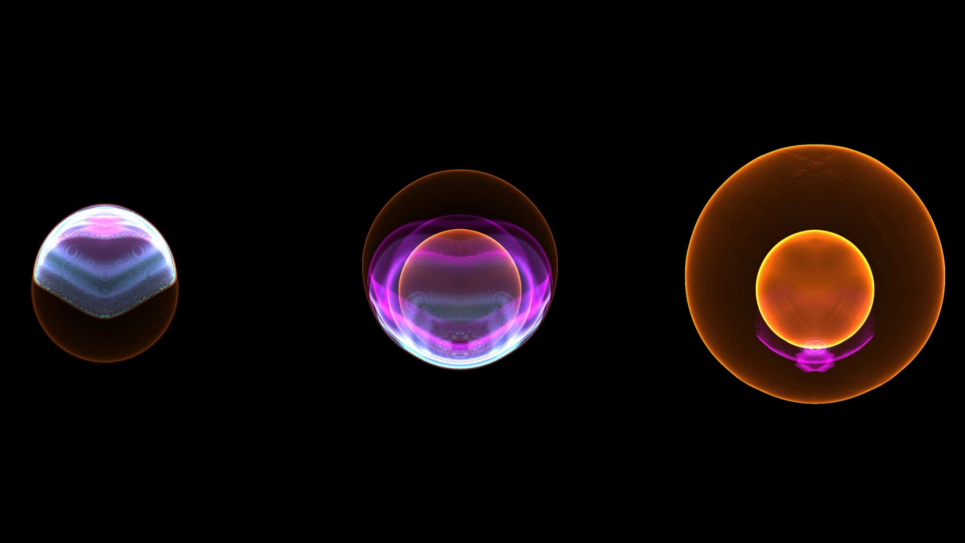Fusion energy is regarded as a possible long-term energy solution for humanity, capable of providing the energy resources to drive economic growth and social development. Fusion reactions release so much energy, the fusion material becomes plasma. In the inertial confinement fusion (ICF) approach, a small pellet of fuel is hit with a high energy laser. The laser instigates a fusion reaction inside the pellet. The reaction creates a plasma that if sufficiently hot, would cause ignition, a chain reaction allowing the full pellet to undergo fusion and release vast amounts of energy. Ignition is the key to harnessing fusion energy in the ICF approach. However, controlling the high energy hot plasma is exceedingly difficult and to date, ICF technology has not been able to achieve ignition.
Dynamical stability of converging plasmas has been recognized for decades as one of the most significant limitations to creating a sustained fusion reaction ignition. Hydrodynamic instabilities lead to non-uniform compression and mixing of ablator material into the fuel, degrading the fusion yield. The numerical study of such instabilities in plasmas, which are also ubiquitous in astrophysical environments, such as supernovae, is typically conducted using fluid simulations. Very recently, experimental studies have started to shed light on the importance of kinetic effects, not captured in fluid simulations, in modifying the dynamics of compression and ignition of fusion plasmas. However, the kinetic modeling of such systems has been out of reach due to the outstanding challenges posed by the large difference in scales and the complexity of the models needed to capture all relevant processes.
This project supports first principles multi-dimensional studies of the dynamical stability of plasmas using kinetic simulations, thus capturing the intrinsic multi-scale physics associated with fusion plasmas. This project will take advantage of a suite of massively parallel kinetic codes with the goal of identifying the regimes for which kinetic effects impact the development of hydrodynamic instabilities. Outcomes of the project could ultimately lead to strategies to better control the dynamical stability of fusion plasmas and have an important impact in advancing DOE’s clean energy agenda.


